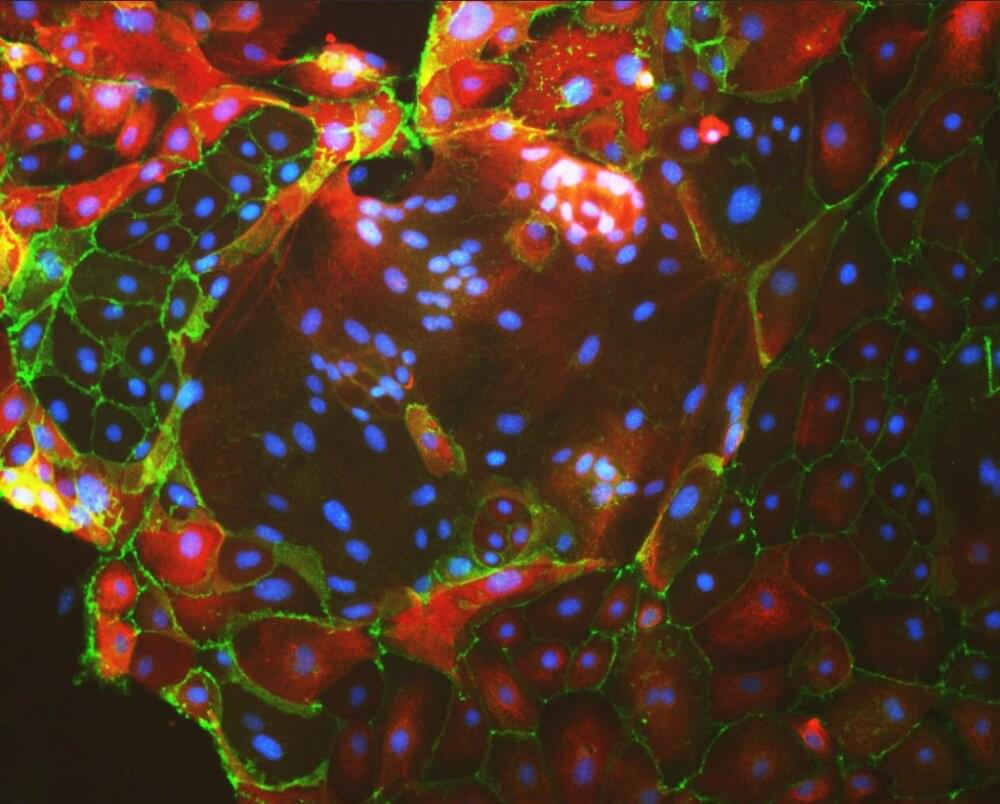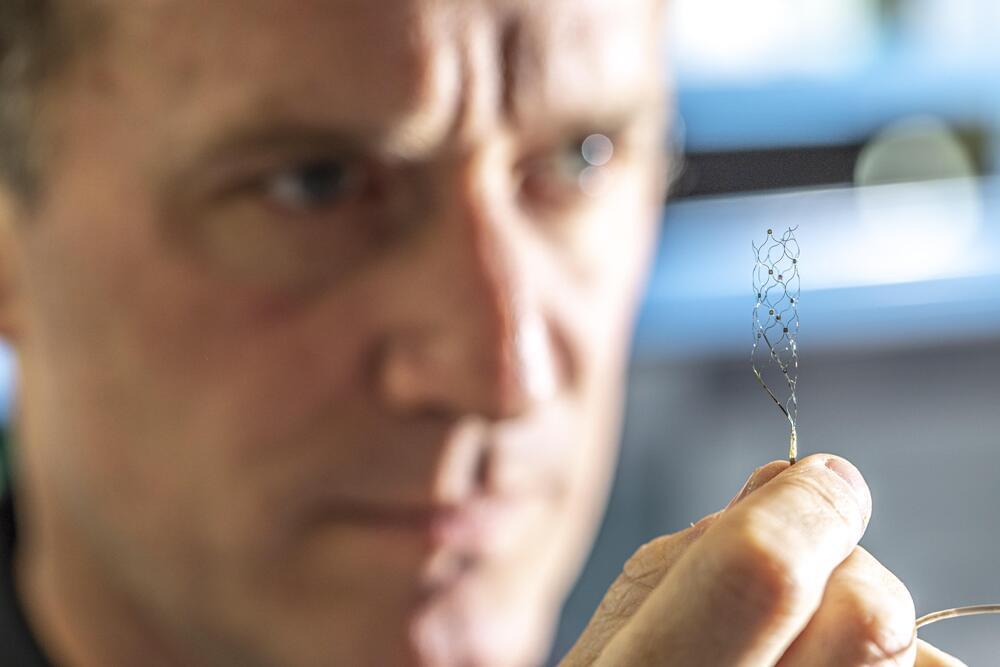Cofounder of Zeda.io—helping product leaders discover the right problems to solve and build around. And I love traveling, with my dog!
Artificial intelligence (AI) is transforming the world as we know it, and product management is no exception. It has the potential to revolutionize customer research, decision-making and much more, providing us with data-driven insights and paving the way for a future that is not only intelligent but intuitive.
With AI at our fingertips, we’re standing at the threshold of a new era in product management. However, integrating AI into product management also presents challenges that must be addressed. We will delve into how AI influences the world of product management and what it holds for the future.









